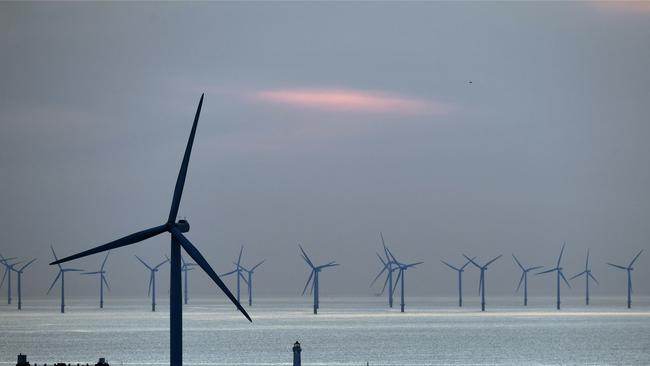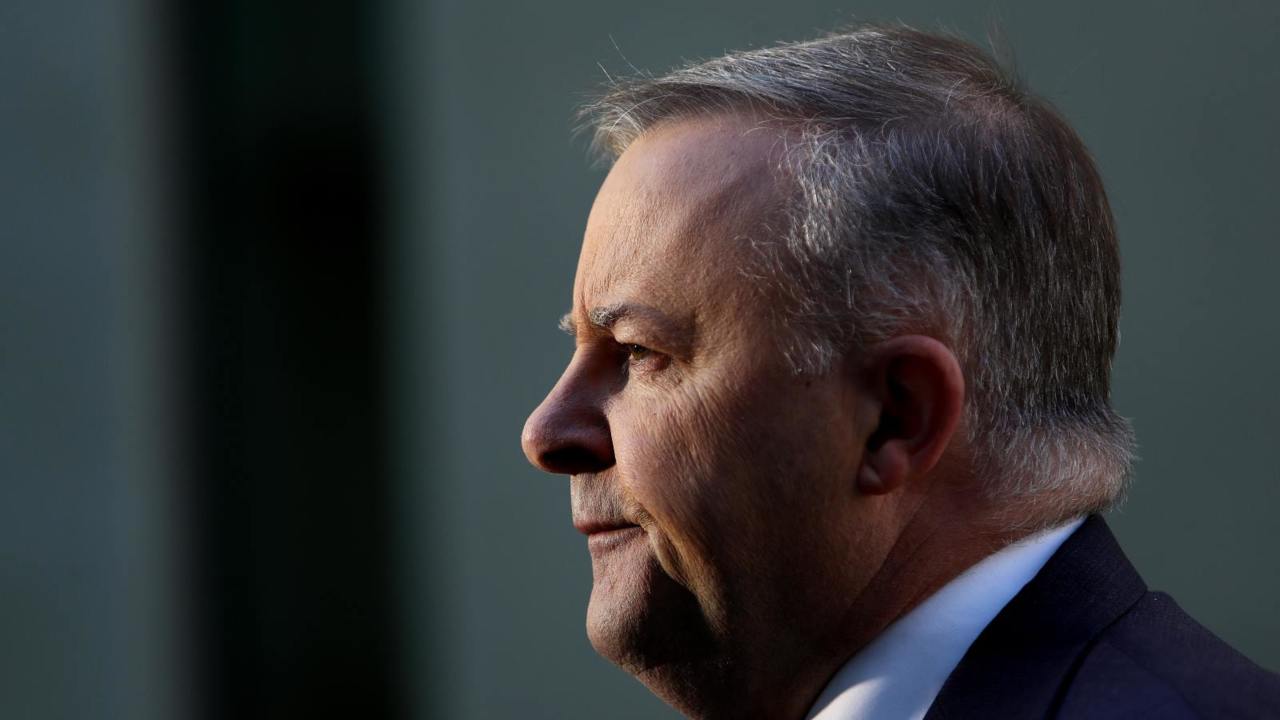Bass Strait earmarked for offshore wind power development as government looks to unlock investment
Bass Strait has been earmarked as the nation’s first priority area for offshore wind power.

Bass Strait has been earmarked as the nation’s first priority area for offshore wind power developments, with the federal government move a crucial step in unlocking more than $20bn in potential new investment.
Assistant Energy and Emissions Reduction Minister Tim Wilson said the area off the Gippsland Coast would just be the first region which would be prioritised for assessment, once the Offshore Electricity Infrastructure Act begins in June.
The Gippsland region is home to more than $20bn worth of potential investment, with the biggest being the $10bn Star of the South project, which would involve the installation of 200 massive wind turbines 7-25km off Victoria’s south coast in a licence area spanning nearly 500sq km.
Other projects being considered include Macquarie Group’s $4bn Great Southern Offshore Wind Farm, the $6bn Seadragon Offshore Wind Farm, and the Greater Gippsland Offshore Wind Project which has not yet made its expected capital cost public.

Mr Wilson said the Gippsland region had comparatively favourable wind conditions, investor interest, and identified grid connection plans.
“Our government understands that a strong offshore energy sector can help provide clean and affordable power to households, businesses, and industrial consumers,’’ he said. “An offshore electricity industry could create thousands of new jobs and drive the economic growth of our regional and coastal economies.
“We’re pressing down on the accelerator and delivering a pathway to decarbonisation.”
The Australian last month reported investor interest in the renewables sector was continuing to gain pace, with Shell, BP, Germany’s RWE, Spain’s Iberdrola, France’s Total and Danish power giant Orsted all positioning themselves to take stakes in projects.
Several of those companies have already held informal talks with Star of the South about taking equity in that proposed development, which is 55 per cent-owned by renewable fund Copenhagen Infrastructure Partners.
Star of the South aims to be one of the world’s biggest offshore wind farms, powering 1.2 million homes and providing 2.2GW of electricity, 50 per cent more capacity than EnergyAustralia’s Yallourn, Victoria, coal plant, which is due to close in 2028.
Power from the project would be sent via subsea cable onshore at Reeves Beach and then travel 75km to Victoria’s Loy Yang coal plant, where there is spare electricity capacity available.
While there are currently no offshore wind farm projects operating in Australia, they are common in Europe. To put Star of the South into context, the biggest operational offshore wind farm in the world, phase one of the Hornsea project in the North Sea off the UK coast, produces about 1.2GW of electricity. Once fully developed, Hornsea would have a total capacity of 6GW.
The Seadragon and Greater Gippsland projects would both be bigger than Hornsea, at 1.5GW and 1.3GW respectively, while the Macquarie Green Investment Group project would be 1GW.
A minimum 60-day public consultation will be carried out in the Gippsland region, with local communities and industry representatives canvassed, to assess the impact and suitability of development in the area. That process will start following the Act coming into force.
“Assessments will focus on the impact of offshore renewable energy infrastructure activities on the area, with particular focus on the environment including marine life and migratory birds, fishing, shipping, other marine uses, and local communities,’’ the government said.
“Ensuring local communities can have their say is a critical part of this process, with a minimum 60-day public consultation period required.’’





To join the conversation, please log in. Don't have an account? Register
Join the conversation, you are commenting as Logout